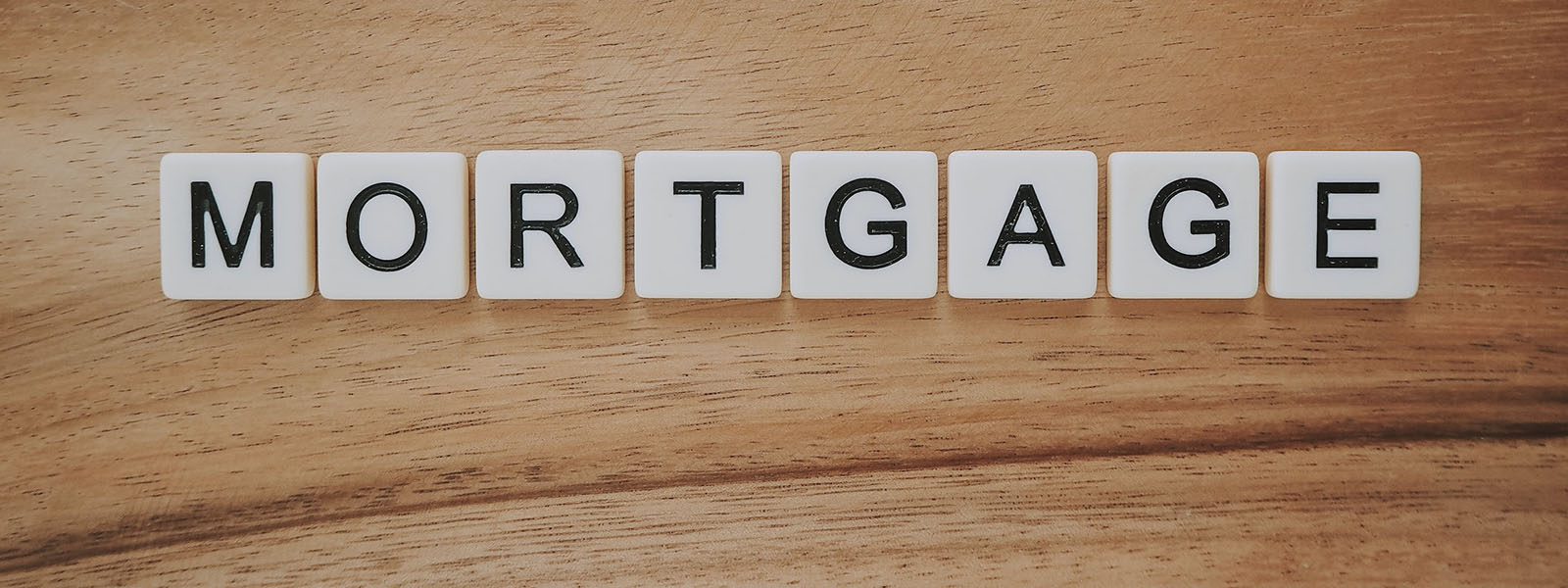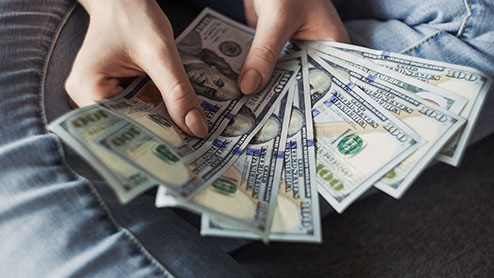Budgeting-1 Sub Category Article-4
You may find your dream home when interest rates are higher than you would like, but it may be worth buying anyway despite high rates. Your mortgage interest rate doesn’t have to be high for the entire duration of the loan: Mortgage refinancing can help you save money and lower your mortgage payments when the interest rates are more favorable.

What Is Mortgage Refinancing?
Mortgage refinancing is when you apply for a new mortgage loan to replace your existing loan. The new loan’s terms may help you save money on monthly payments (or payments over time), pay off your home loan quicker, or allow you to meet other financial goals you have.
How Does Home Refinancing Work?
Home refinancing will more than likely be a simpler process that when you initially purchased your property. While every refinance process is different, it can take anywhere from 30 days or longer to secure the new mortgage loan. There are generally three mortgage refinance options a lender might offer you.
1. Rate-and-term refinancing
If you’re hoping to pay off your home loan faster or at a lower interest rate, you may want to apply for rate-and-term mortgage refinancing. This type of refinancing plan helps you change your loan’s existing terms, like how many years you’ll have a mortgage or the interest rate you’ll be paying. Sometimes, if you shorten the length of your mortgage loan, you’ll also be increasing how much you pay each month.
2. Cash-out refinancing
Unlike the rate-and-term option, cash-out mortgage refinancing will put actual money in your hand. The amount of cash you can get depends on the equity of your home. For example, if you currently have a $200,000 mortgage and your home is valued at $400,000, you might qualify for a cash-out refinanced loan of up to $200,000. You can use the cash for different purposes, like home renovations, paying off debt, consolidating pre-existing mortgage loans, or purchasing another property. However, you may only want to take the amount that you need because after you refinance your home, your new loan balance will be larger than what you currently owe.
3. Cash-in refinancing
Cash-in mortgage refinancing is the opposite of the cash-out option. If you want to lower your loan balance or shorten how long you have a mortgage, you should speak to your lender about the cash-in option. When you select this refinancing option, you’ll be bringing more cash to apply to your loan at the refinance closing. If you didn’t put 20% as a down payment for your initial loan, your lender might be requiring you to pay private mortgage insurance (PMI). To remove the PMI a lot sooner, you can use cash-in refinancing to make sure you meet the 20% requirement.
Reasons to Refinance Your Home Loan
Usually, refinancing can be somewhat beneficial for you and your financial goals. The primary reasons why you may want to refinance your home loan may fall in the lines of:
- Changing how long you have a mortgage. If you have a 30-year mortgage, you may want to refinance it to be 15 years or shorter. This can save you money on interest throughout its duration. On the contrary, you can also refinance your mortgage to be a longer term if you want to lower how much you pay each month.
- Lowering your interest rate. National interest rates are constantly changing. You may not find your dream home during a time where interest rates are low. However, if you find that the average interest rate decreases in the future, that may be a good reason to apply for mortgage refinancing.
- Changing what type of loan you have. If you started out with an FHA loan, you may want to refinance it under a conventional loan. Different loan options have their benefits, and what worked for you when you initially secured a mortgage might not work for your life’s circumstances in the future.
- Getting cash to achieve other goals. There may be times when you need a larger amount of cash than you can get from a small, payday lender. Borrowing against your home’s equity can help you complete larger financial goals.
How to Refinance a Mortgage Loan
If you want to learn more about mortgage refinancing, contact your lender directly. Assuming you’ve made on-time payments, you may qualify for any refinancing options they offer. If your lender doesn’t offer refinancing options, you can also reach out to other lenders who may be willing to help you refinance your home loan. Let the lender know what your goals are, and they will provide you with any requirements you’ll need to do so.
Refinancing your mortgage can help you save money and possibly help you pay off your mortgage faster. As interest rates change and as unexpected life changes happen, mortgage refinancing can help you stay on top of your homeownership and other life goals.

Get started with Microsoft 365
It’s the Office you know, plus the tools to help you work better together, so you can get more done—anytime, anywhere.
Learn more












